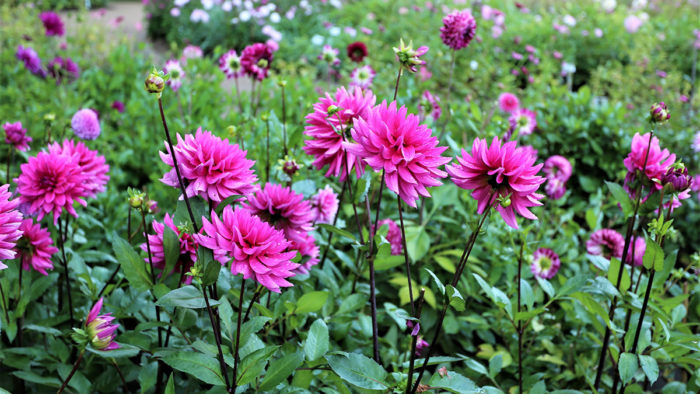
It is often said that the best weather in the Pacific Northwest is from August into October. Typically, this is the driest and the warmest time in our area. In August, late-ripening fruits and vegetables and other late-blooming annuals, perennials, and shrubs come into their own. It is also a great time to enjoy all the hard work you have put in this season. But there are also a few chores that need to be done this month to keep your garden in top shape for the rest of the summer and into fall.
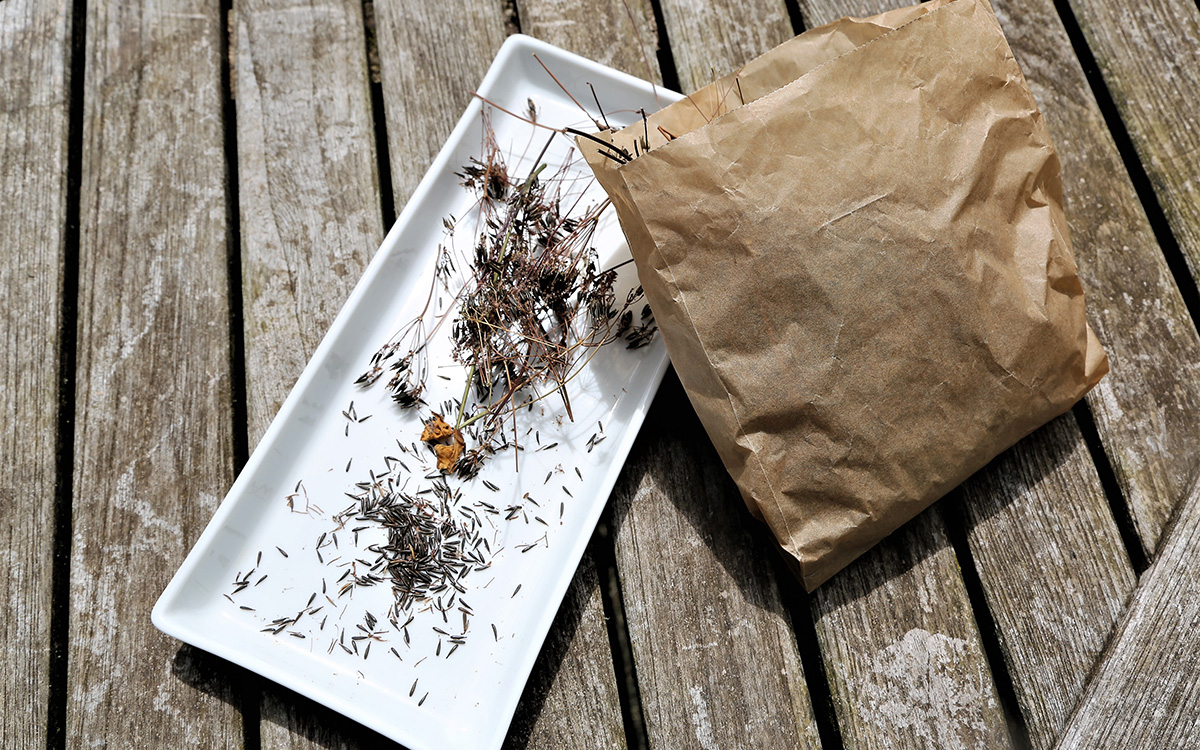
Collect seed. Many gardeners love to collect their own flower seeds during this time of year. With so many more people gardening for the first time this year, obtaining seeds from local nurseries, garden centers, and online sources has been challenging. Collecting seed is a great way to make more plants inexpensively and to grow more plants that you love. You can also create a seed-swap program with your fellow gardeners to experiment with new plants. I like to evaluate which varieties thrive in my garden and then collect seed from those grasses, perennials, and annuals. Collecting seed lets me reseed exactly where I want the plants to grow and experiment with different growing conditions.
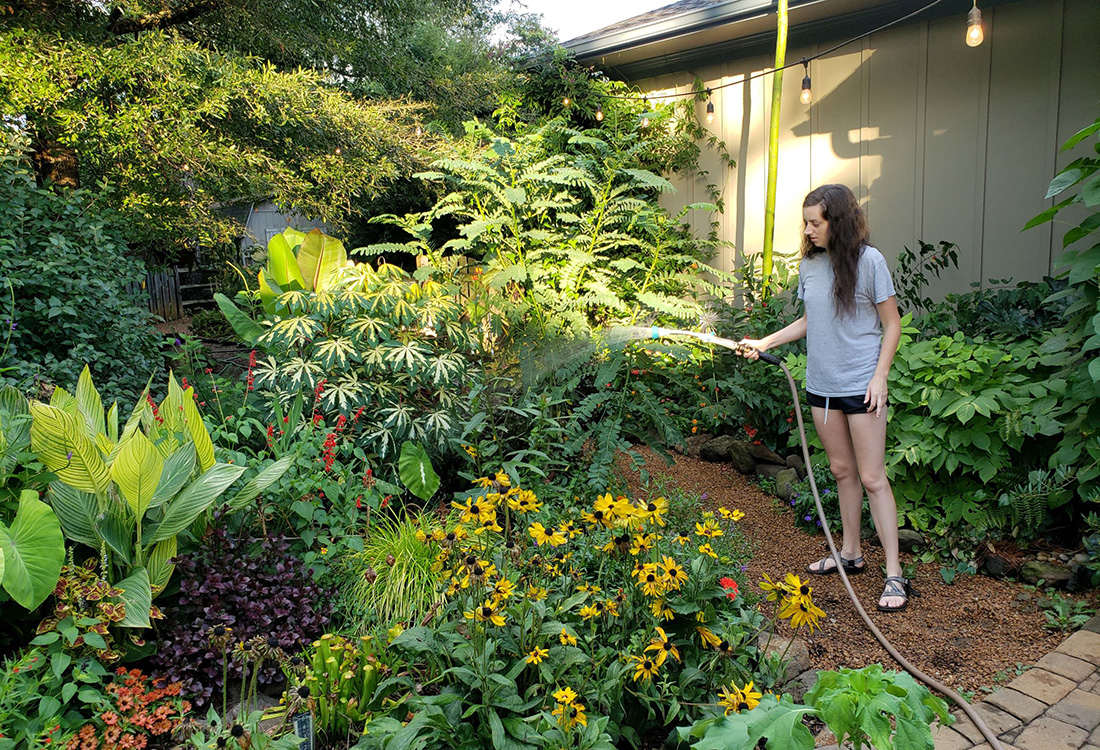
Thoroughly water new additions. Make sure to thoroughly water newly planted additions to your garden. Trees, shrubs, and perennials can be expensive. Watering them well is the best way to ensure they survive. Make sure they are getting deep and thorough watering in August and into fall when the rains come again in the Northwest. If new additions do die, finding the same plants midsummer is a difficult chore; they may have to be purchased the next season. This will leave large gaps in your gardening scheme. Deep watering and making sure new plants have plenty of moisture-retaining mulch will help their odds of survival.
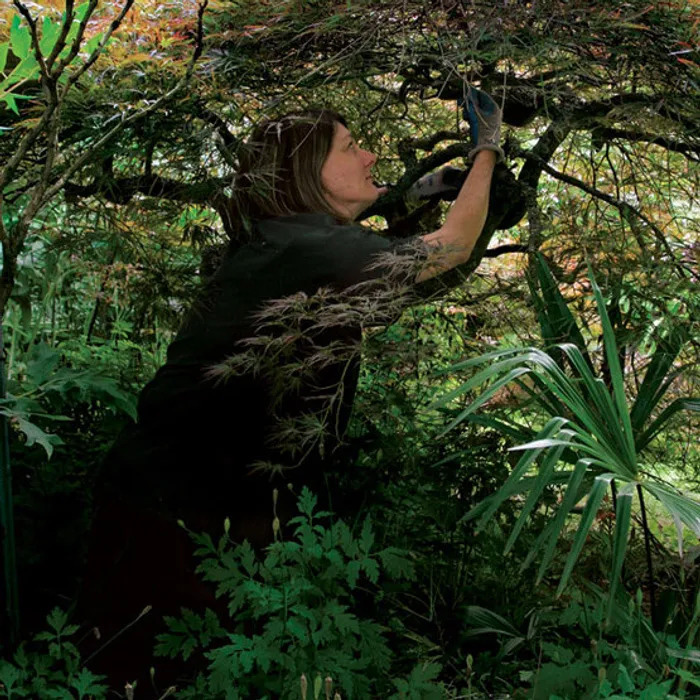
Do some light pruning of ornamental trees and shrubs. August is a great time for light pruning of some ornamental trees and shrubs. This time of year, many trees, especially maples (Acer spp. and cvs., Zones 3–9), will go summer-dormant and the sap will stop flowing, allowing for light pruning. I would not do major renovation pruning now, as it would most likely kill your tree or shrub. But it is a good time to prune to create space for light and air in the canopies. You can also remove branches that are at face level to prevent scratched faces or poked eyes, those that interfere with movement in pathways and patios, or those that are visually dead or diseased. Just remember to clean your tools!
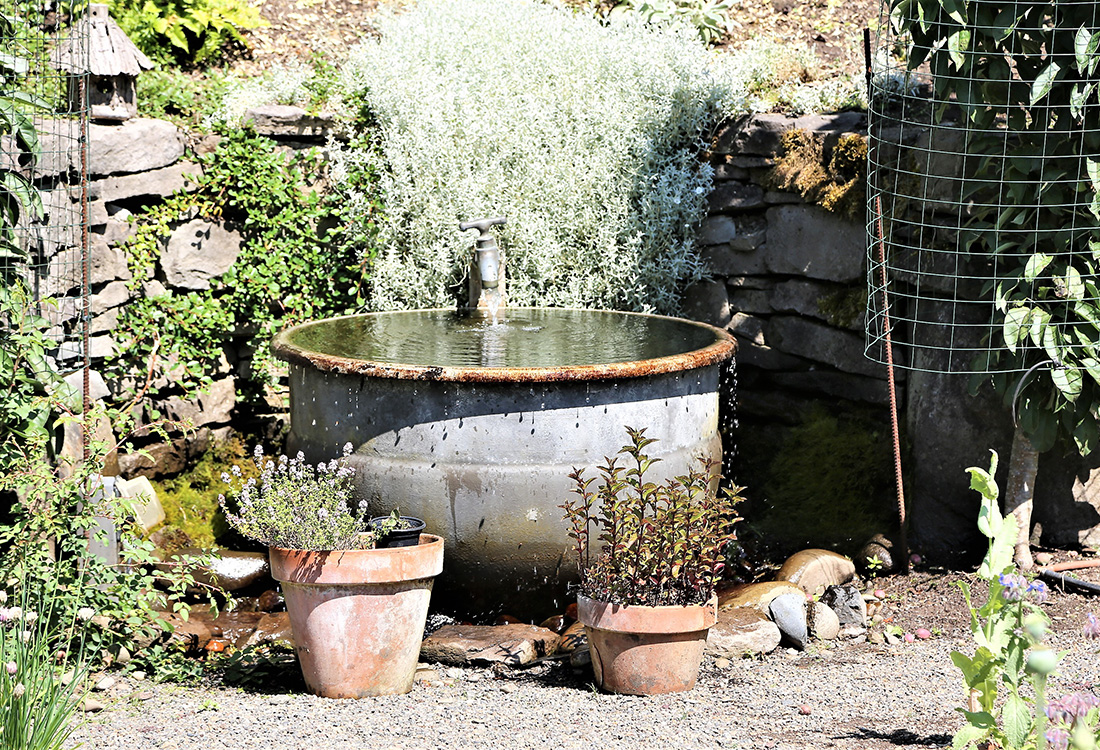
Clean your water features. We all love birdsong and the little feathered friends that water features and birdbaths attract to our gardens. During the hot summer months, make sure to clean, rinse, and refill your water features. Standing water can allow mosquitoes to breed, which if continued unchecked can turn your garden into a nightmare. I regularly check my workspace for empty pots and containers for standing water, and I empty them to prevent creating the perfect breeding ground for those pests.
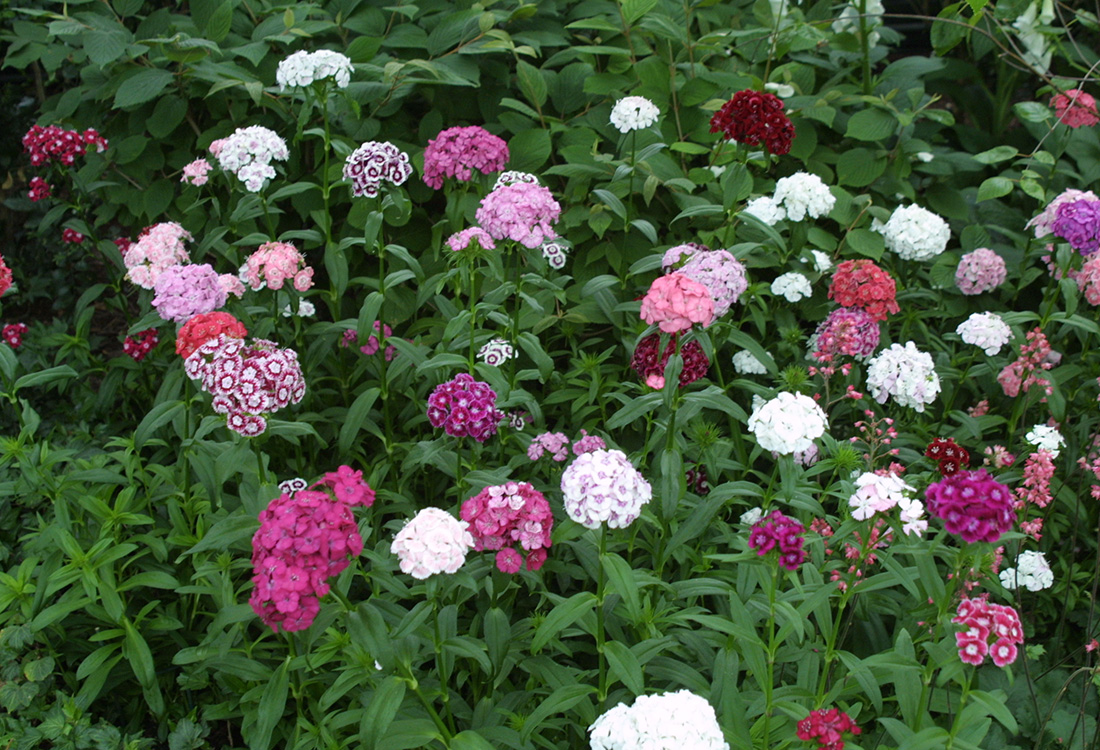
Deadhead summer-blooming annuals and perennials. To keep your summer-blooming flowers in top shape, you need to maintain them with frequent deadheading. This chore does take some time, but it will result in continuous flowers all summer long. I prefer to use a fruit-pruning tool or pair of sharp garden scissors to do this job. As I always say, clean your tools regularly with a diluted bleach solution or rubbing alcohol between plants to prevent spreading diseases among your plants. Dahlias (Dahlia spp. and cvs., Zones 7–11), chocolate cosmos (Cosmos atrosanguineus, Zones 7–9), and dianthus (Dianthus spp. and cvs., Zones 4–8) are just a few examples of plants that need consistent deadheading to keep blooming all summer long.
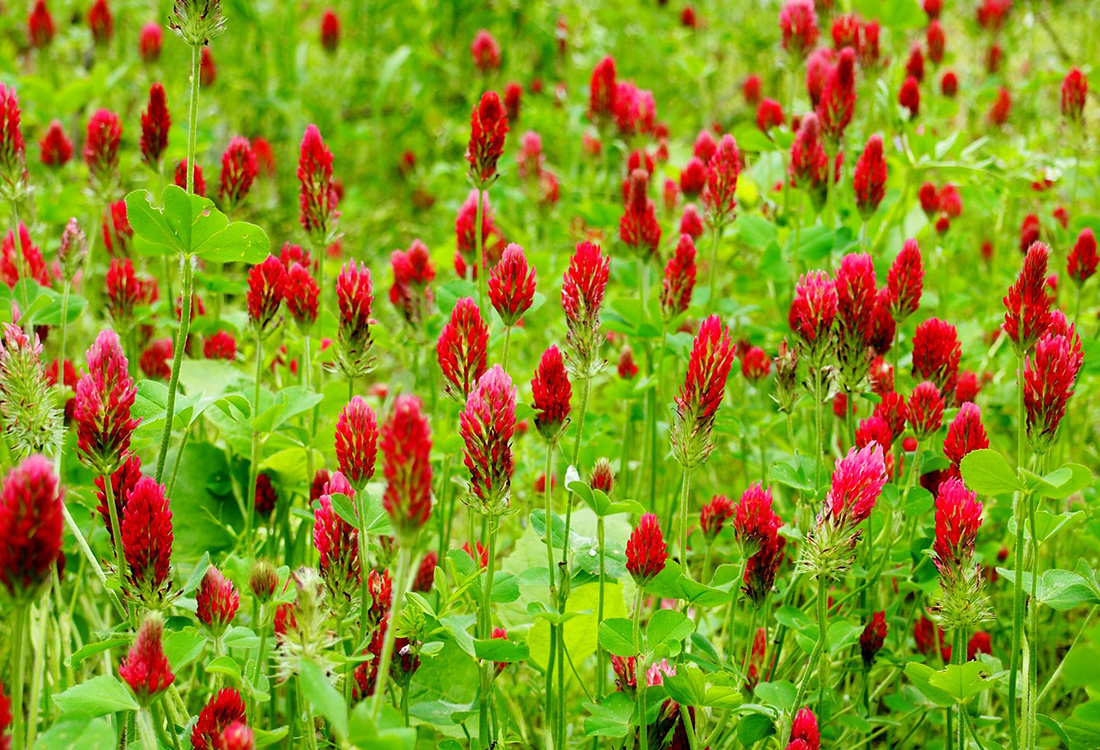
Reinvigorate your soil with cover crops. With so many of us growing our own fruit and vegetables this year, using cover crops or green fertilizer is a great way to supplement your garden soil with added nutrients and help prevent soil loss. There are many types of plants you can grow to help improve your soil. Since most of us are not large-scale farmers, I would avoid a monoculture cover crop but instead use a mix from your favorite seed supplier. Botanical Interests, Renee’s Garden, and Johnny’s Seeds are a few of the sources I have purchased cover-crop seed mixes from to use in my own garden for green fertilizer, all with equal success. You can let them grow and turn them under for fall crop planting, or leave them in the bed or garden until spring for spring planting. Learn more about sowing cover crops here.
Taking care of your garden year-round in little bits and pieces makes maintenance manageable and less strenuous. It also leaves time to enjoy the garden you have created. I wish you great success with tackling these chores and others this August.
—Jason Jorgensen is a landscape designer in Seattle.
Fine Gardening Recommended Products

Lee Valley Large Gardener's Wash Basket
Fine Gardening receives a commission for items purchased through links on this site, including Amazon Associates and other affiliate advertising programs.
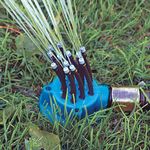
D&X Garden Sprinkler
Fine Gardening receives a commission for items purchased through links on this site, including Amazon Associates and other affiliate advertising programs.
- 12 flexible nozzles that you can set in any direction, simply bend hoses to customize new watering patterns - 360 degree coverage of 3000 sq. ft area
- 3.5 x 4 x 6 inches
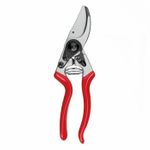
Felco Pruning Shears (F 9) - High Performance Swiss Made One-Hand Left-Handed Garden Pruners
Fine Gardening receives a commission for items purchased through links on this site, including Amazon Associates and other affiliate advertising programs.



















Comments
Log in or create an account to post a comment.
Sign up Log in